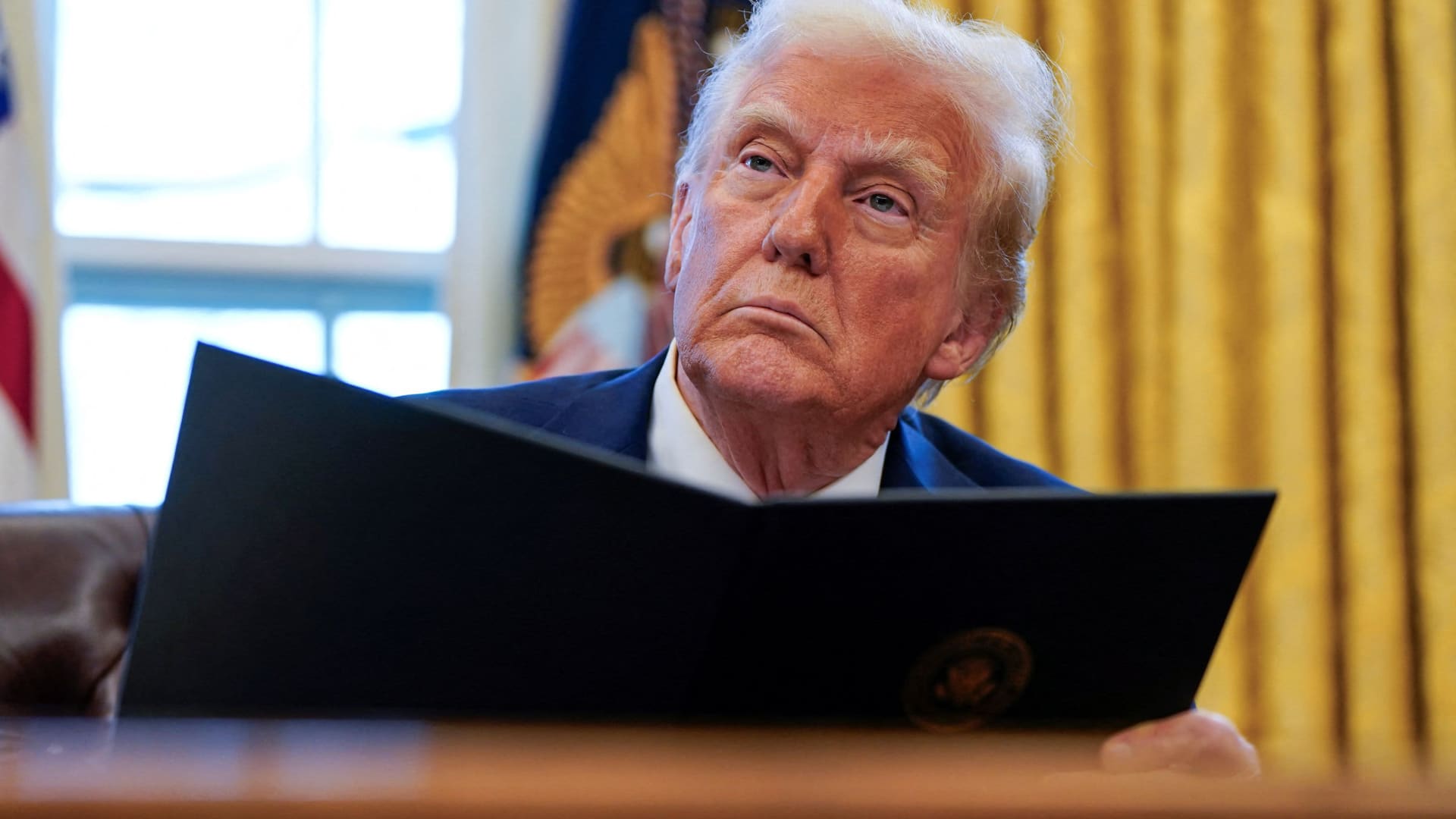Trump’s Tariff Showdown: Understanding the Dynamics with Canada, Mexico, and China
As the White House gears up for a new round of tariffs impacting trade relations with Canada, Mexico, and China, the implications for economic stability and international commerce are profound. The move has sparked a flurry of discussions among economists, trade experts, and policymakers about what these tariffs mean for the global marketplace and domestic economies. This article explores the potential ramifications of Trump’s tariff showdown, providing insights into its broader impact on trade dynamics, industry responses, and the future of North American trade agreements.
The Rationale Behind Tariffs
Tariffs have long been a contentious tool in the arsenal of trade policy, often used to protect domestic industries from foreign competition. In President Trump’s administration, tariffs were implemented with the intention of addressing perceived imbalances in trade, particularly with countries like China, which he accused of unfair trade practices.
For Canada and Mexico, the tariffs can be seen as a continuation of the tumultuous trade relationship that has evolved since the renegotiation of NAFTA, which resulted in the United States-Mexico-Canada Agreement (USMCA). The intent behind these tariffs may be to exert pressure on Canada and Mexico to align more closely with U.S. economic interests, but the repercussions could be far-reaching.
The Impact on Canada
Canada, as one of the United States’ closest trading partners, is particularly sensitive to changes in tariff policy. The introduction of new tariffs could lead to higher prices for Canadian goods in the U.S. market, potentially decreasing demand for these products. Key sectors such as lumber, steel, and aluminum—which have previously faced tariffs—could be adversely affected, leading to job losses and economic downturns in regions dependent on these industries.
- Increased Costs: Canadian exporters may face higher costs due to tariffs, which could lead to reduced competitiveness in the U.S. market.
- Retaliation Risks: Canada has historically responded to U.S. tariffs with its own retaliatory measures, which could further escalate trade tensions.
- Economic Uncertainty: Businesses may face uncertainty regarding future trade policies, potentially leading to decreased investment and economic growth.
The Consequences for Mexico
Similar to Canada, Mexico is also at a crossroads in its trade relationship with the United States. The tariffs could complicate supply chains and lead to increased costs for Mexican manufacturers reliant on exporting goods to the U.S. market. In the automotive sector, for example, which is a linchpin of Mexico’s economy, tariffs could disrupt the integrated supply chains that have developed under USMCA.
- Supply Chain Disruption: U.S. tariffs could lead to delays and increased costs for Mexican manufacturers, impacting production schedules.
- Dependence on U.S. Trade: A significant portion of Mexico’s economy relies on trade with the U.S., making it vulnerable to tariff fluctuations.
- Labor Market Challenges: Job losses in export-oriented sectors could lead to broader economic challenges and social unrest.
The Long Shadow Over China
China remains at the center of Trump’s tariff strategy, with significant tariffs imposed on various goods. The ongoing trade war has created a complex landscape for businesses operating in both countries. The tariffs have increased the cost of Chinese imports, leading to inflationary pressures in the U.S. economy.
Experts suggest that these tariffs may not necessarily protect American jobs as intended; instead, they could lead to higher prices for consumers. Moreover, Chinese companies might respond by finding alternative markets or increasing investments in other countries, further reducing U.S. competitiveness in the global market.
- Inflationary Pressures: Higher costs of imports from China may lead to increased prices for consumers, affecting purchasing power.
- Market Diversification: Chinese companies may shift focus to other markets, reducing their reliance on U.S. exports.
- Global Supply Chain Shifts: Companies may seek to relocate manufacturing to avoid tariffs, impacting global trade dynamics.
Broader Implications for International Trade
Trump’s tariff showdown is not just a bilateral issue; it has broader implications for international trade as a whole. The use of tariffs as a tool of economic policy can lead to increased tensions, fostering an environment of protectionism that could undermine the principles of free trade.
Experts point out that while tariffs might provide short-term relief for certain industries, they can lead to long-term negative consequences for consumers and the economy. As countries respond to tariffs with their own measures, a cycle of retaliation may ensue, leading to a trade war that could have devastating effects on global economic stability.
Potential Strategies for Businesses
In light of the evolving tariff landscape, businesses must be proactive in developing strategies to mitigate risks associated with tariffs. Here are a few approaches companies might consider:
- Diversifying Supply Chains: Companies should look to diversify their supply chains to reduce reliance on any single country or market.
- Investing in Local Production: Increasing domestic manufacturing capabilities may help mitigate the impact of tariffs on imports.
- Engaging in Policy Advocacy: Businesses can engage with policymakers to advocate for fair trade practices and seek clarity on future trade policies.
Conclusion: A Cautiously Optimistic Outlook
While Trump’s tariff showdown presents significant challenges for Canada, Mexico, and China, it also opens the door for re-evaluating trade relationships and practices. By fostering dialogue and cooperation, countries can work toward more equitable trade agreements that benefit all parties involved.
In the face of uncertainty, businesses have the opportunity to adapt and innovate, potentially turning challenges into avenues for growth. As the world watches, the outcome of this tariff strategy will undoubtedly shape the future of international commerce for years to come.
See more CCTV News Daily
